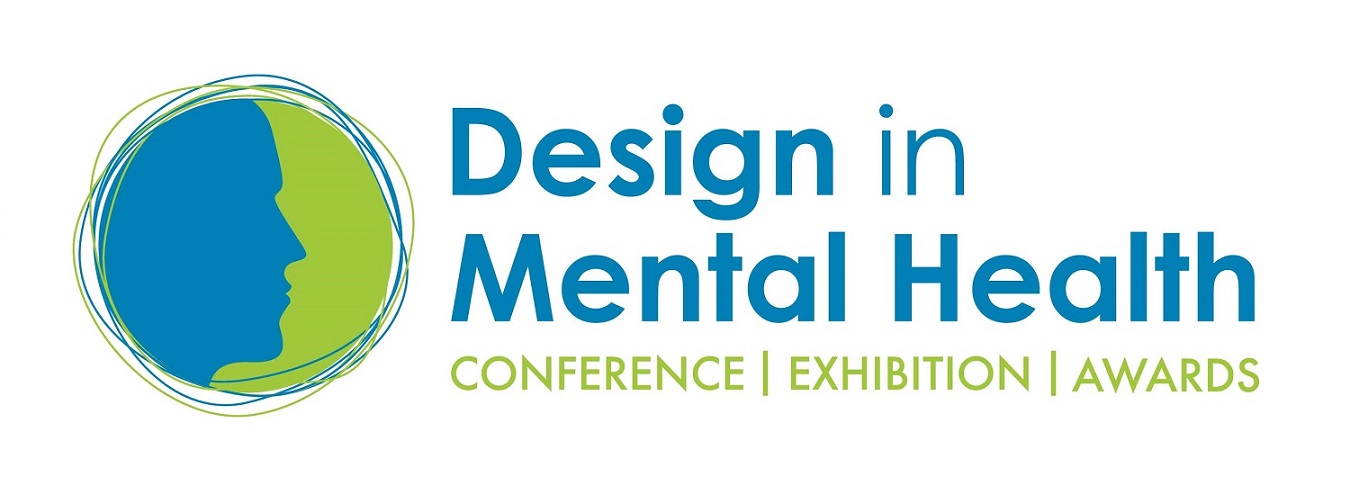Step Exhibitions
A Therapeutic Approach to Mental Health Design
Time: 16:20 - 16:40
Date: 4 June 2024
This DiMHN presentation would explore the possibility that allowing service-users to engage in a greater variety of meaningful activities independently or with some degree of supervision reduces negative incidents. The new in-patient facilities at the Springfield University Hospital in South London are test cases to see whether designing for therapeutic benefit generates better outcomes. The… Read more »
Design in Mental HealthSynopsis
This DiMHN presentation would explore the possibility that allowing service-users to engage in a greater variety of meaningful activities independently or with some degree of supervision reduces negative incidents. The new in-patient facilities at the Springfield University Hospital in South London are test cases to see whether designing for therapeutic benefit generates better outcomes. The initial data shows a significant reduction of incidents. Perhaps the path to safer environments doesn’t only mean designing-out risks. Perhaps environments where service-users are empowered to engage in meaningful activities of their own choice can lead towards a safer model of mental healthcare.
Designing out risk is the prevalent attitude of NHS management, consultants, designers and clinicians. The industry that provides products for mental health facilities is likewise directly responding to the possibility that terrible things can, and on rare occasions, do happen. This means that mental health products and facilities are designed primarily to address risks of self-harm or violent attack; as a result, they are heavy, uncomfortable, visually unappealing and stigmatising. They reinforce the subtle but unmistakable message of underlying control, threat and danger.
A set of primary design aspirations repeatedly surfaced in over 650 service-user consultations; these are the basis of an approach that designs around risk:
• Less Dreary: Avoiding monotony, providing opportunities to engage in beneficial, self-guided activities.
• Greener and Freer: Free access to gardens and outdoor space.
• Quieter: Full sound insulation between rooms. Acoustic dampening of airborne sound.
• Brighter: Ample daylight and views of the sky. External views.
• Fresher: Plentiful fresh air and natural ventilation. Comfort cooling of common rooms.
• Safer: ‘Avoidability’ – providing a choice of routes to get from A to B. Good sightlines and visibility for both staff and service users.
• Avoiding Stigma: A hospital where service users, staff and carers feel comfortable, valued and safe
Speakers
 Marianna Bia 4D Studio Architects
Marianna Bia 4D Studio Architects Cristina Ramirez 4D Studio Architects
Cristina Ramirez 4D Studio Architects
« Back



